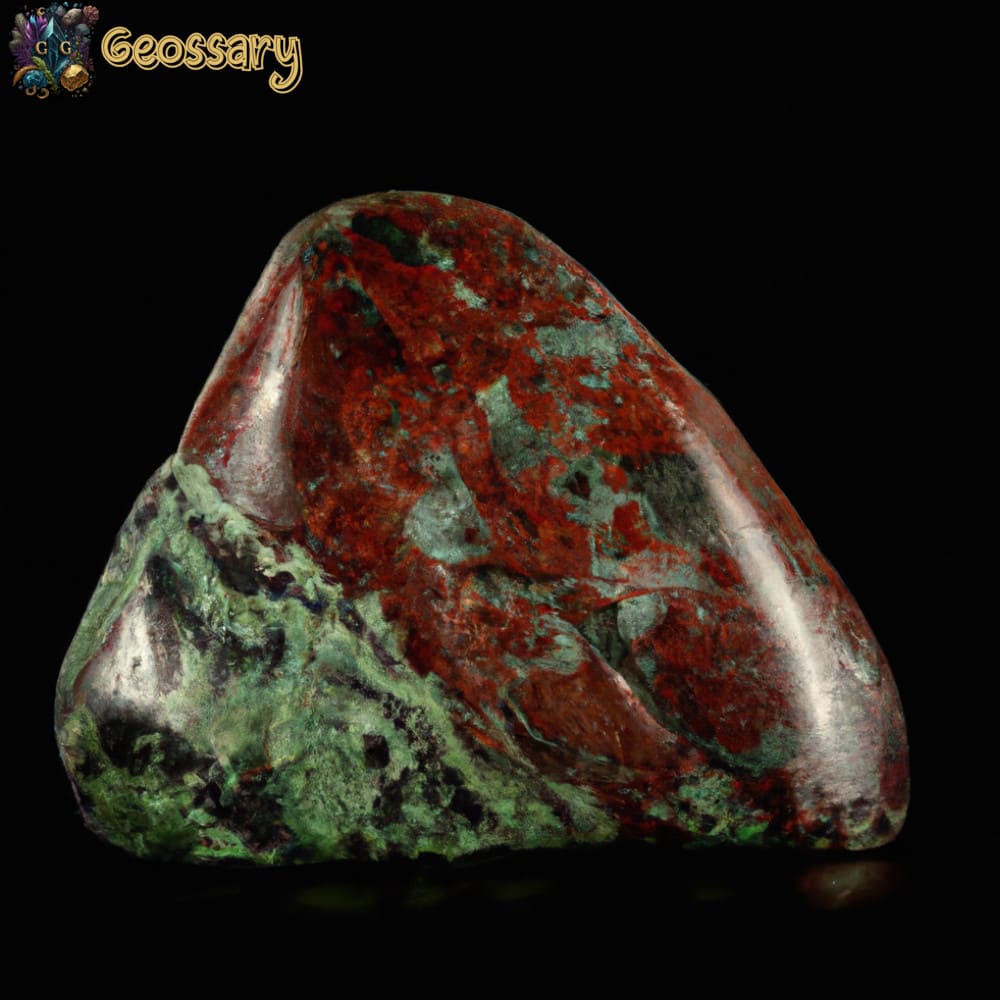In this article you will find the meaning, formation, deposits, characteristics and all the important properties of black obsidian, one of the most used stones in the world.
Black obsidian is the most abundant type of obsidian that occurs on the earth’s crust. By definition it is a volcanic rock that has been formed by the rapid cooling of volcanic material in highly explosive volcanic eruptions. Despite its enigmatic black color, this volcanic rock is characterized by having more than 65% silica (SiO2) in its composition. It is also made entirely of volcanic glass, in fact that is where its name comes from because it looks a lot like glass.
Many times black obsidian is considered as a mineral, however this is not true because it is formed purely by volcanic glass and is actually classified as a mineraloid volcanic rock.
Characteristics of black obsidian
| black obsidian | Characteristics and properties |
|---|---|
| ROCK TYPE | Felsic, volcanic, igneous (mineraloid) |
| MAIN MINERALS | volcanic glass |
| MINERALS ACCESSORIES | hematite, feldspar |
| COLOR | Black, Dark Gray and Dark Brown |
| TEXTURE | amorphous, vitreous |
| Chemical composition | more than 65% SiO2 |
| Mohs hardness | 7 |
| Density or specific weight | 2.7g/cm3 |
- Black obsidian is a volcanic rock with an acid or felsic composition, that is, it has more than 65% silica in its chemical composition.
- Its density is low and very similar to that of the earth’s crust and granite, which is between 2.5 to 2.6 grams per cubic centimeter.
- Because it is composed almost entirely of volcanic glass, its hardness on the Mohs scale is similar to quartz, that is, between 6 and 7.
- If it is possible to break it, it will be possible to observe that this rock is characterized by having a conchoidal fracture similar to when a thick glass is broken.
- Although it is a volcanic rock, many times it is also considered a mineral; however, it must be clarified that this is false and that it does not enter the mineral classification because it does not have an ordered crystalline structure.
- Black obsidian does not have an ordered internal structure because it was formed by very rapid cooling of lava and volcanic materials that did not allow minerals to form and is just volcanic glass.
- The fact that no minerals have formed classifies it as a mineraloid.
- Chemically it is very similar to granite and rhyolite.
- Its color is due to the fact that it has a large percentage of iron and magnesium impurities in its composition.
How is black obsidian formed?
Black obsidian comes from the very sudden or rapid cooling of silica on the earth’s surface. Sudden cooling does not allow minerals to crystallize in an organized manner and rather forms an amorphous material known as a mineraloid, however it is also considered a volcanic rock made up mainly of volcanic glass.
Therefore black obsidian is associated with very explosive volcanic eruptions typical of acid and very viscous magmas, so it is very common to find it around volcanic centers, volcanic calderas and volcanic domes.
Black obsidian meaning
Due to its color, black obsidian is usually associated with protection, comfort, firmness, control, sophistication, mystery, and often even seduction.
However, it must be clarified that this rock is interesting above all for the uses that can be given to it and that have been given to it in ancient times by various cultures.
Esoteric and metaphysical properties
Due to its origin, many people believe that this stone has a large number of energetic qualities and characteristics that are described below.
Protection and cleaning
Believers in the powers of this stone affirm that it is capable of absorbing and repelling negative energies from other people, which is why they often use it as pendants or bracelets.
Meditation
It enhances tranquility and energy balance with the help of meditation, it also helps to improve internal conflicts and bad thoughts.
Wealth attraction
Some ancient cultures, such as the American Indians, used it as an amulet to attract material wealth.
Physical benefits
People who believe in its energetic power associate it with the ability to improve the nervous system, the articulatory system, and the circulatory system, all with the help of meditation and relaxation of the body.
Black obsidian deposits
this rock is very abundant around volcanic centers that have erupted explosively.
However, it is currently known that the largest deposits are located in Canada, Chile, El Salvador, Mexico and Peru, due to the fact that in these countries volcanic activity has been very strong and frequent.
In Europe the deposits are less common, however they can also be found in Greece, Scotland, and Italy.
Another interesting place where black obsidians exist is in Japan and New Zealand.
Black obsidian uses
This stone was one of the most used by ancient cultures to create various accessories, tools, and handicrafts. Today it has important medical and craft uses as well.
Tools
Ancient cultures used the black obsidian stone to make knives, arrowheads, scrapers, and spears that were used to hunt animals.
They also served to create various types of utensils that were used by women for household chores.
Medical uses
Because if properly carved and sharpened or polished black obsidian can be used as high precision surgical instruments.
Uses of black obsidian in jewelry
Many people love the color black and because black obsidian is very easy to polish it is used to create bracelets, rings, pendants, earrings all in the inexpensive jewelry industry.
craft uses
especially in ancient times, cultures also used it to manufacture certain types of mirrors and handmade sculptures.

